A number of very interesting facts came together for me in the catecombs today.
First, Roman law forbade burying anyone within the city walls. So all the cemeteries were outside of Rome. (This is the reason that St Peter and St Paul's cathedral, and Vatican City, are outside the city walls. The same is true for the cathedral of St Paul. Both were built above burial grounds.)
Second, Rome, and especially the surrounding regions to the south east, around the ancient Appian way, was built on an 80-foot layer of volcanic still, Tufa, which is very easy to tunnel into, and hardens when it is exposed to the air. So there were a lot of quarries (The stone was used for building the roads) and underground burial sites, catacombs.
Third, the Romans would mostly bury their dead, sometimes burn them, so the catacombs were used as cemeteries and columbariums, but the Christians would only bury their dead (because of high regard for the Lord's work of creation, as well as confidence in the resurrection of the body).
(There's a lot to say here, but the Christian hope of the resurrection gave shape to the practice of Christian burial, as well as the worship in the catacombs.)
Fourth, the Christians greatly expanded the network of catacombs around Rome, carving miles of underground tunnels with burial niches on the side, family tunes, and even little chapels. When a martyr was buried, the Christians wanted to be buried close by, so they would build intricate mazes of underground catacombs in the vicinity. Funerals would be celebrated in the catacombs, and families would gather in the catacombs on the anniversaries of death to celebrate.
Fifth, in times of persecution it was natural for the Christians to worship down in the catacombs. (And if you wanted to hide down there, there's no way you're going to be found. Imagine a pitch black underground Laberinth of graves.)
Sixth, they don't allow pictures. (I pulled this one off the internet to give you an idea.)
(Imagine miles of these interwoven tunnels. And imagine trying to navigate them with a small oil lamp.)
St Paul was in prison in Rome twice. Once was a time of House arrest. A church is built over the traditional place this was understood to happen in the Jewish quarter of Rome.
Ephesians, Philippians, Colossians, and Philemon were written where this church stands.
Paul was executed under the reign of Nero, 68 AD, by beheading. This kind of quick execution was a kindness the Romans gave to their citizens. The Abbey of the three fountains was built over the place where this was to have occurred. The pillar is there, and legend says that in the three places where St Paul's head bounced, Three springs of water sprung up, the first one hot, second warm, third cold.
Paul was also buried outside the city, and a beautiful basilica was built over the place of his burial.
The Tomb of St Paul.
St Peter is buried in the cathedral of St Peter. St Paul is buried in the cathedral of St Paul. Bought both of their skulls are in the cathedral of St John.
(The skulls are said to be there in that casket above the altar.)
Helena, mother of Constantine, was a Christian. She visited Jerusalem and the Holy Land looking for the sites of the events in the Scriptures. Many of the places we visit in the Holy Land were identified by Helena. She found a marble staircase ididentified as the steps into the palace of Pilate. These were relocated to Rome, and then developed the devotional practice of walking up these stairs on your knees.
Regarding the relics, and the devotional and spiritual practices connected to them, Luther's explanation of the 3rd Commandment is most helpful.
The Word of God is the true holy thing (relic) above all holy things. Indeed, it is the only one we Christians acknowledge and have. Though we had the bones of all the saints or all the holy and consecrated vestments gathered together in one heap, they could not help us in the slightest degree, for they are all dead things that can sanctify no one. But God’s Word is the treasure that sanctifies all things. By it all the saints themselves have been sanctified. (Luther, Large Catechism 1.91)
Or, from Smalcald:
The fifth are relics. In this connection so many manifest lies and so much nonsense has been invented about the bones of dogs and horses that even the devil has laughed at such knavery. Even if there were some good in them, relics should long since have been condemned. They are neither commanded nor commended. They are utterly unnecessary and useless.
Worst of all, however, is the claim that relics effect indulgences and the forgiveness of sin and that, like the Mass, etc., their use is a good work and a service of God. (Smalcald II.II.22)
Christ is risen! PrBW
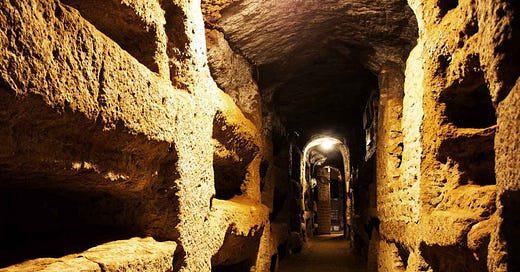







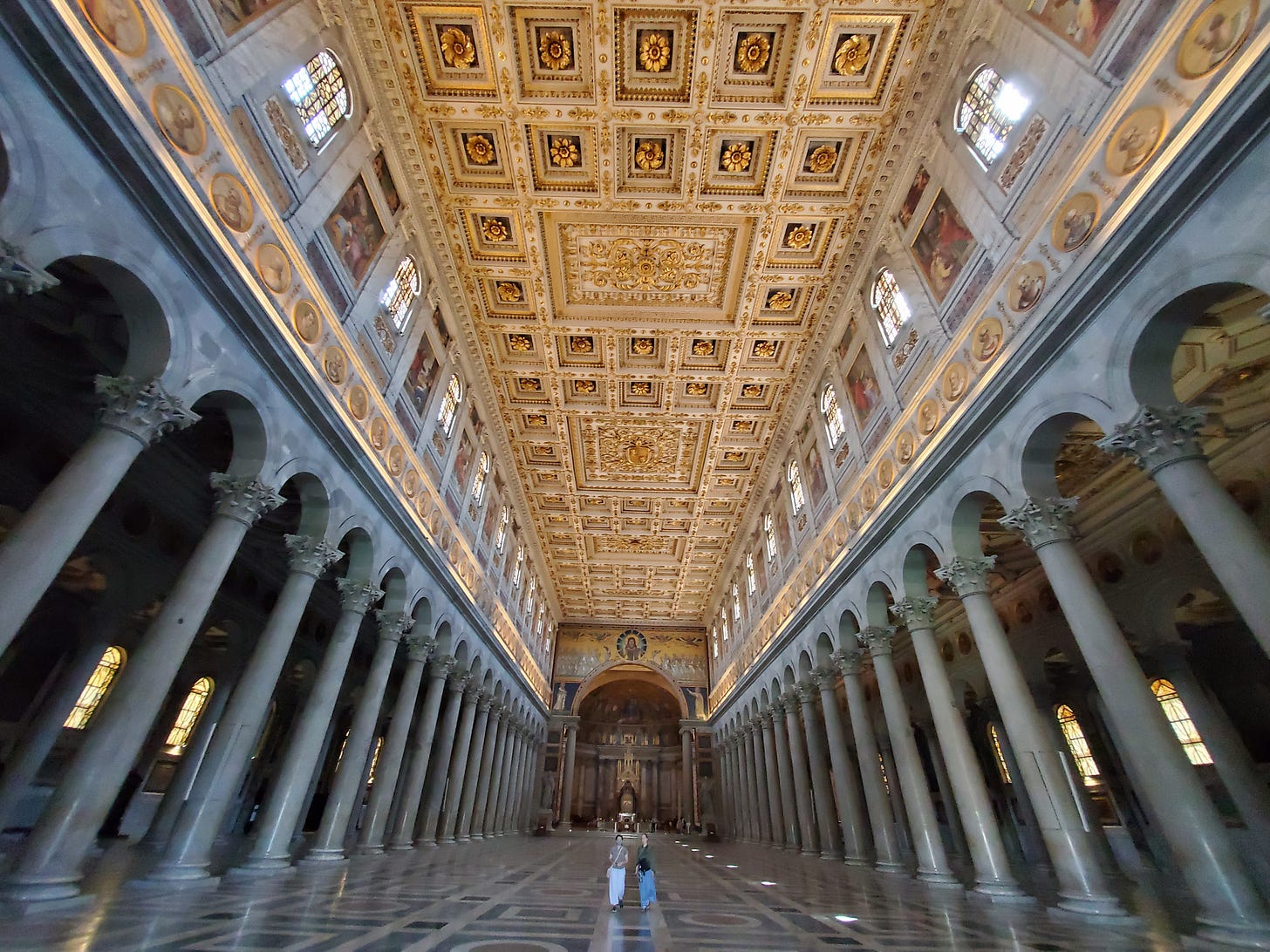

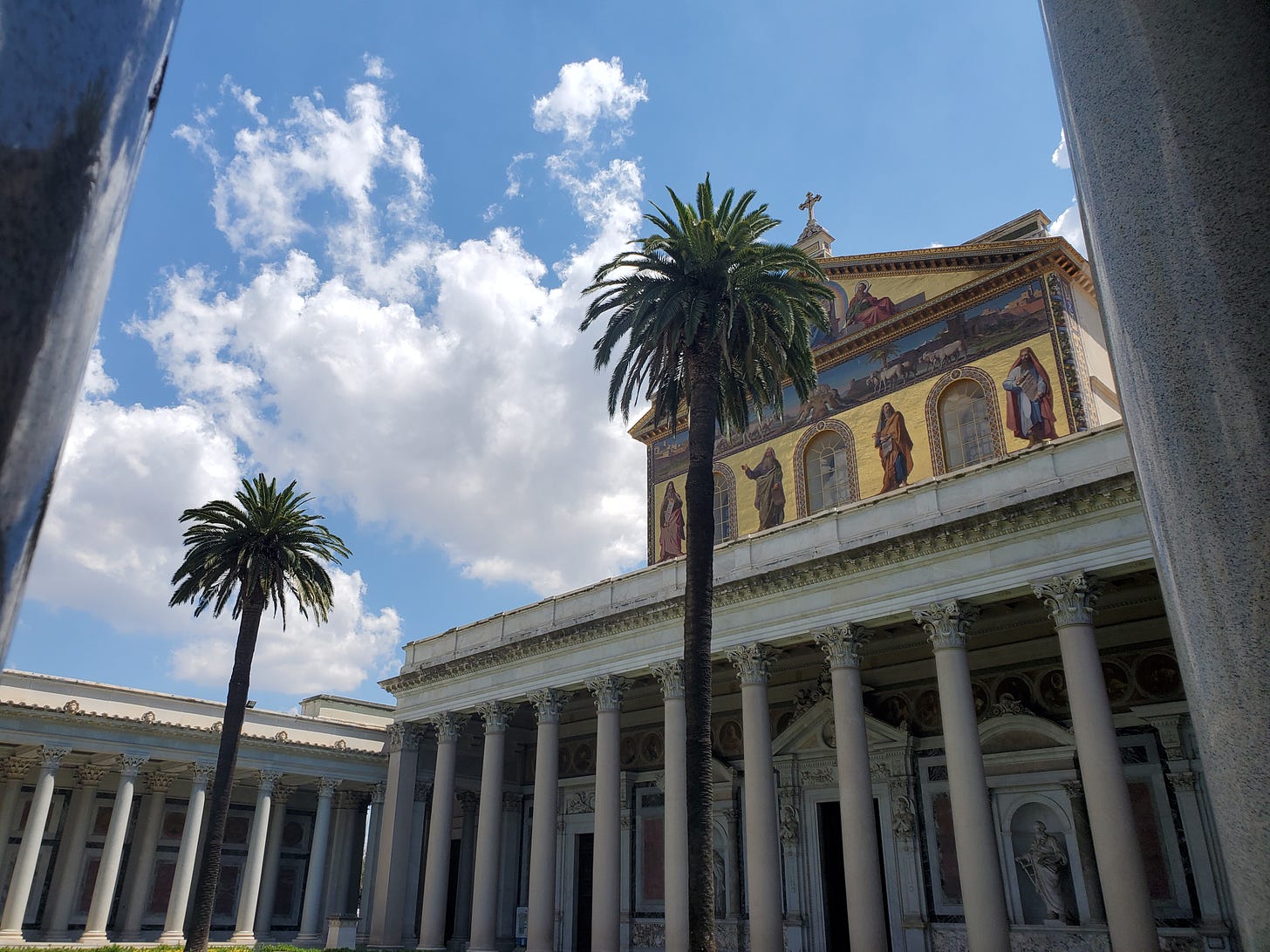


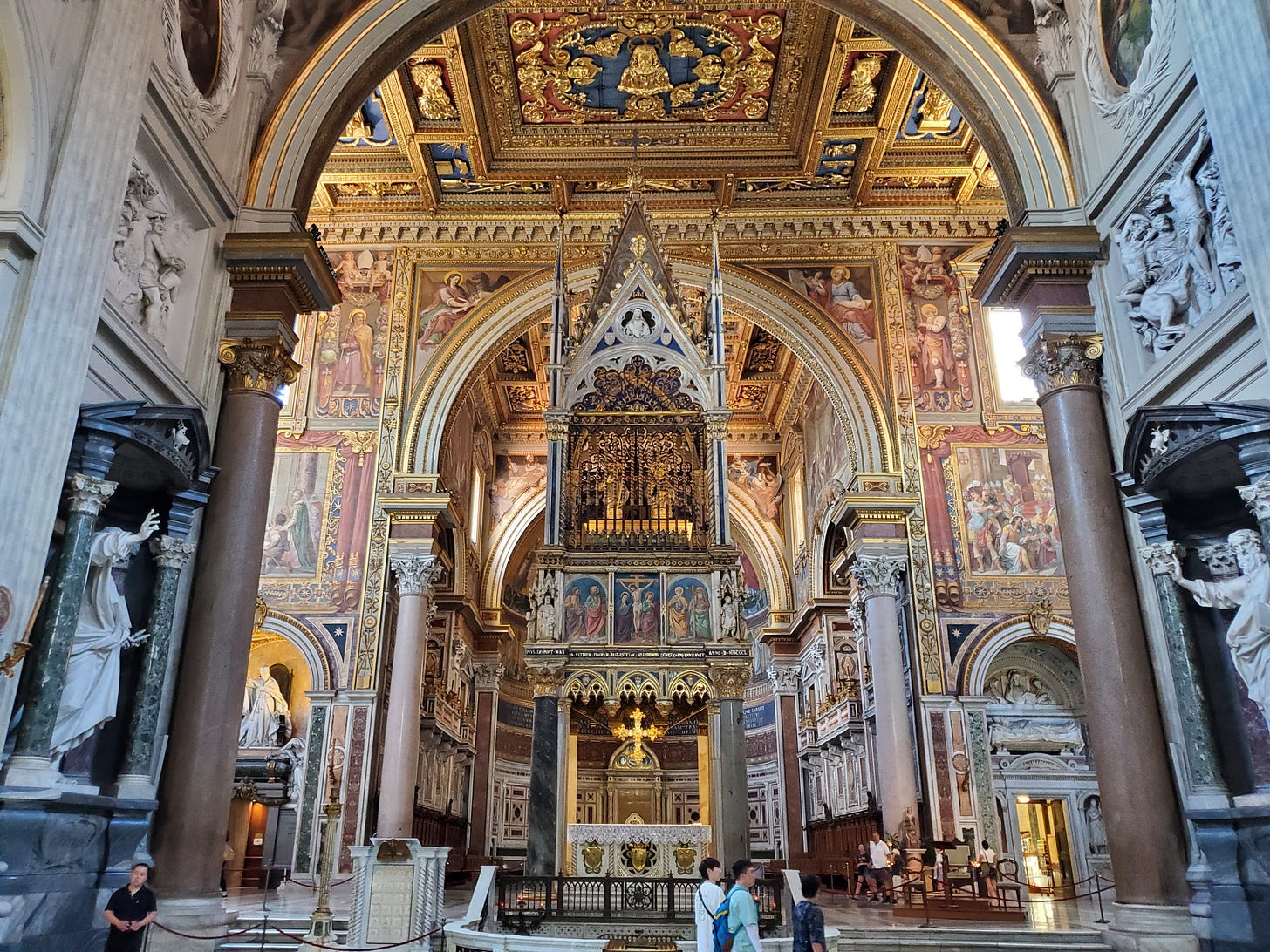


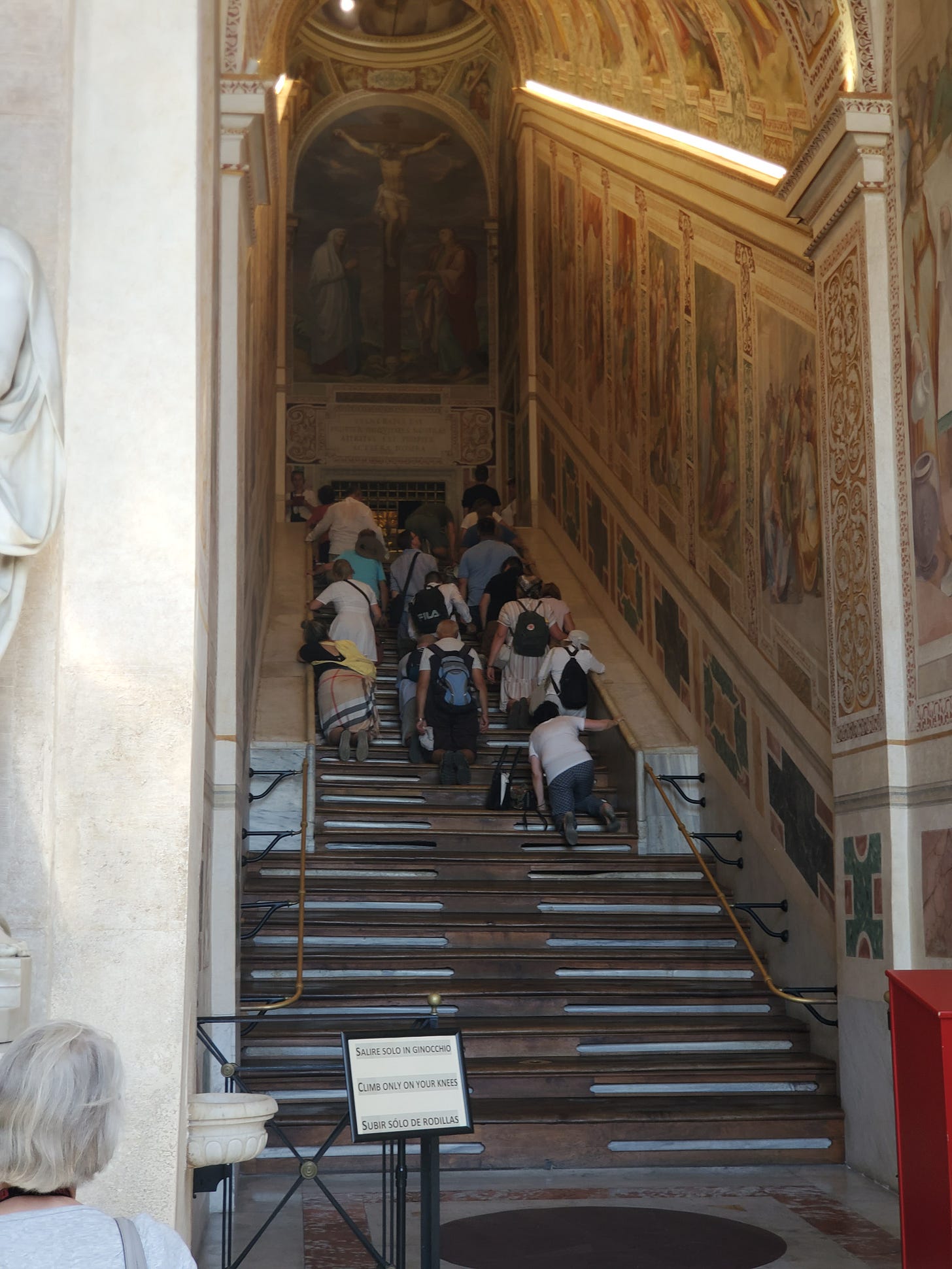
Beautiful pictures and words. Thanks!
Absolutely amazing. Thank you for sharing.